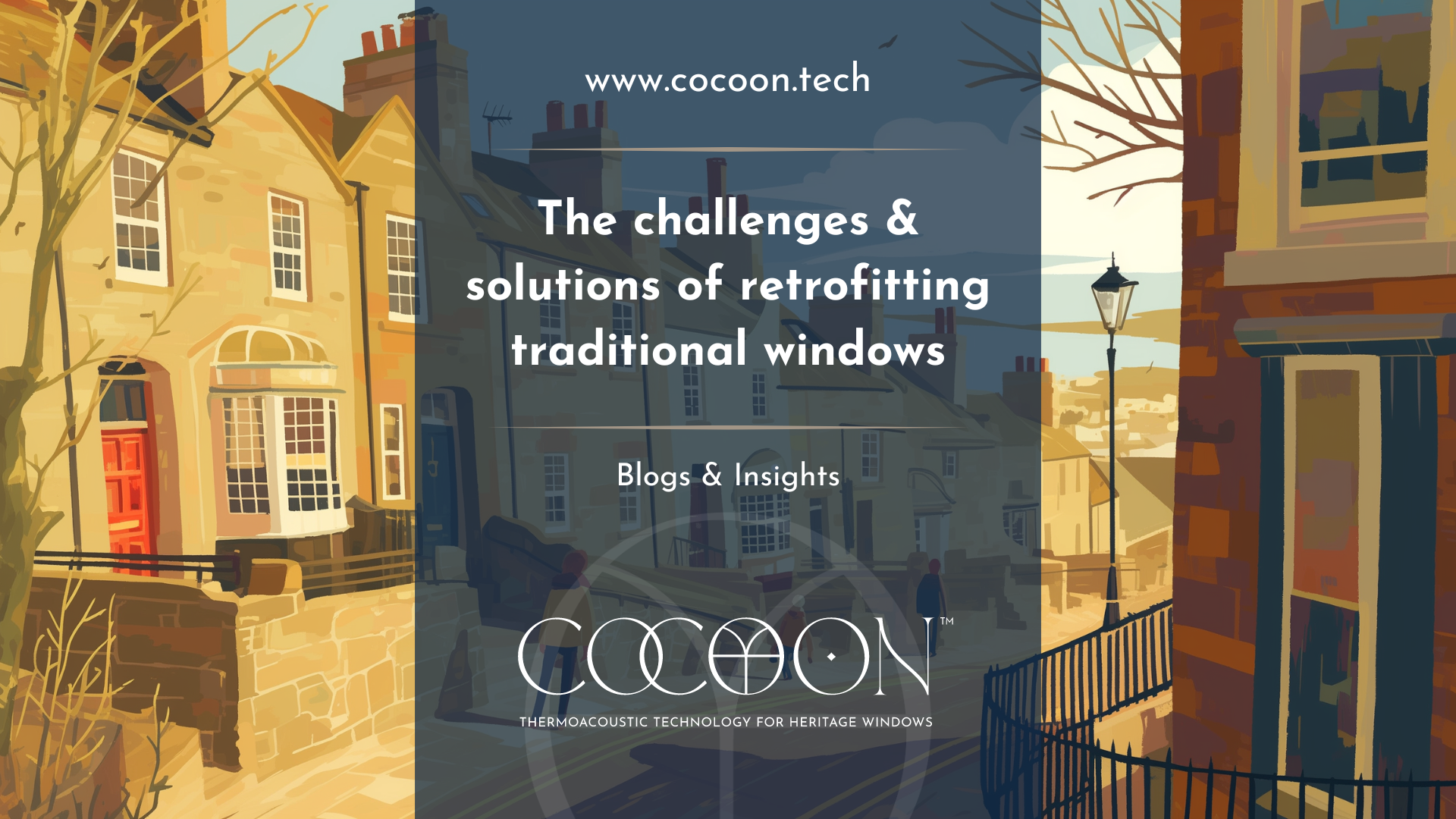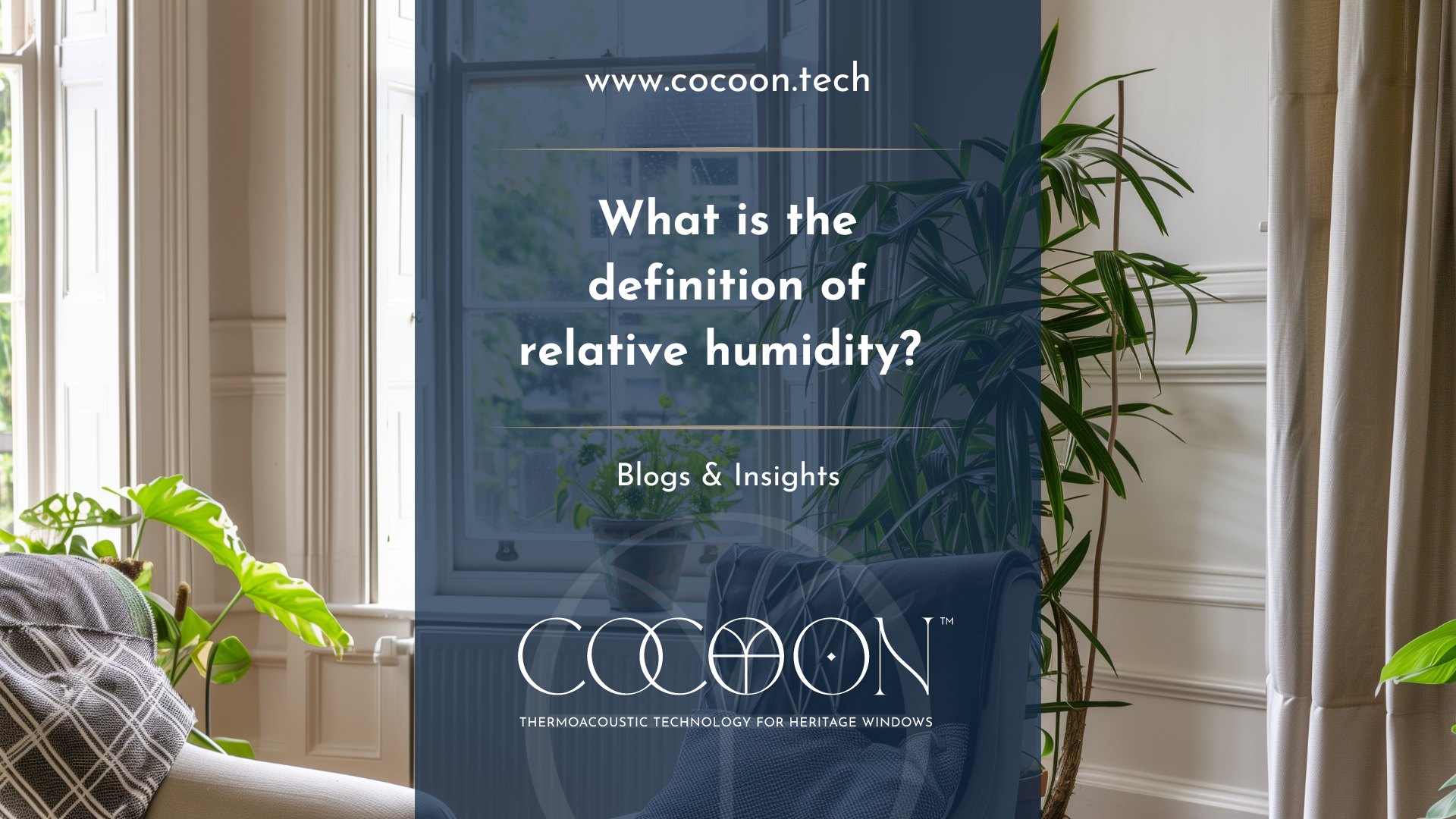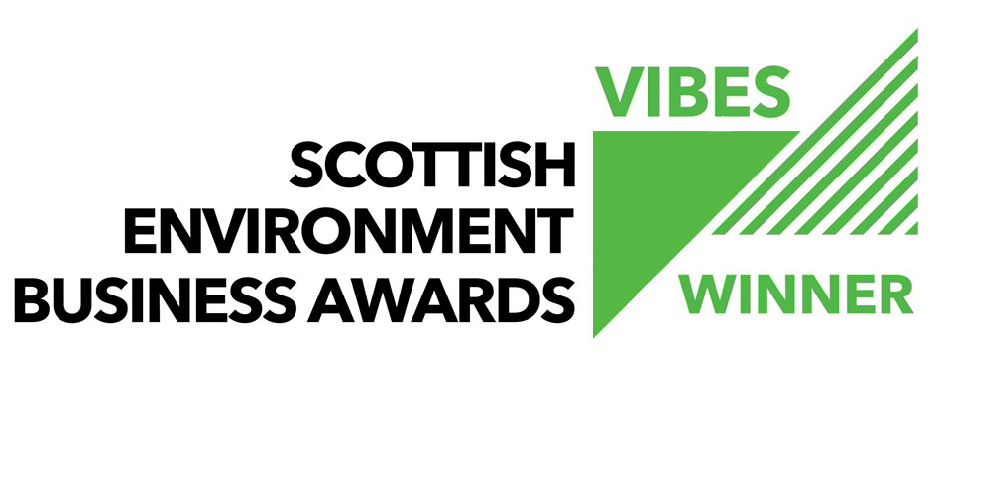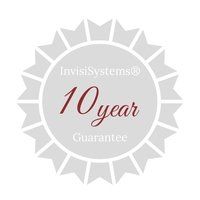How to Choose an Ethical Energy Provider | Glaze & Save
More and more people and businesses are looking to switch
their energy supply to a greener and more ethical alternative. Indeed, as
sustainable and renewable energy resources become more prevalent and therefore
more affordable, people have been taking it up in their droves.
The main driver behind switching to a more ethical and green energy supplier is to reduce CO2 emissions while reducing our dependence on fossil fuels. Renewable energy is a rapidly expanding area, and the greater demand is in turn driving greater pressure on government to create the infrastructure to support it, and power companies to provide it.
It’s a sad fact that electricity production is the single biggest contributor to the emissions that cause climate change. The burning of oil, coal and gas in traditional power stations produces a considerable amount of carbon dioxide, the prime gas responsible for global warming and the greenhouse effect our planet is experiencing.
Green Energy
Green energy is power derived from renewable resources, most commonly from wind, solar and wave power as well as from tidal, biomass and hydroelectric power. This is instead of traditional sources of energy which comes from burning fossil fuels such as coal and natural gas.
Its important to note, however, that all electricity is supplied through the national grid. This means that there is no way of knowing whether the ethical renewable energy that you are paying for actually comes into your home. However, you will be increasing the overall amount of renewable energy in the grid, and in turn increasing demand for renewables.
There are a number of exclusively green energy suppliers in the United Kingdom, such as Ovo, Good Energy and Ecotricity. However it’s worth bearing in mind that green energy suppliers, as well as mainstream suppliers who offer green energy tariffs, source a greater proportion of their power from renewable sources but it’s not always 100% of the energy supplied.
It should be relatively simple to ascertain how much renewable energy any supplier is using to produce electricity by looking at the “fuel mix” information, which Ofgem requires energy providers to publish annually. You can find this information on your energy provider’s website, and it will details how much of the power that they sell comes from coal, gas, nuclear, renewable and other sources.
Choosing the Best Supplier
Since 2002 in England and Scotland (2005 in Northern Ireland), energy suppliers have been required to demonstrate that an ever increasing proportion of their energy mix is derived from green energy sources. The target was just 3% when the Renewables Obligation was introduced, but this target has increased annually, and is currently set at 34.8% for 2016/2017.
Energy companies receive a certificate for each unit of renewable energy that they provide. For companies that do not meet the requisite percentage, there is the option of purchasing certificates from other companies that exceed their minimum required amount.
Unfortunately, the practice of trading certificates can lead to no extra demand in the renewable energy market. It is therefore worth considering whether your chosen provider chooses to “retire” some of their certificates (i.e. refuses to sell them on) in order to create more demand for renewable energy in the market. This can be an important consideration when deciding on which tariff to take up with each supplier.
Therefore ensuring that your chosen provider utilises green renewable resources, exceeds the statutory criteria for green energy production, and chooses to retire their certificates to increase demand for green energy are some sure fire steps to choosing the best ethical energy supplier.




















